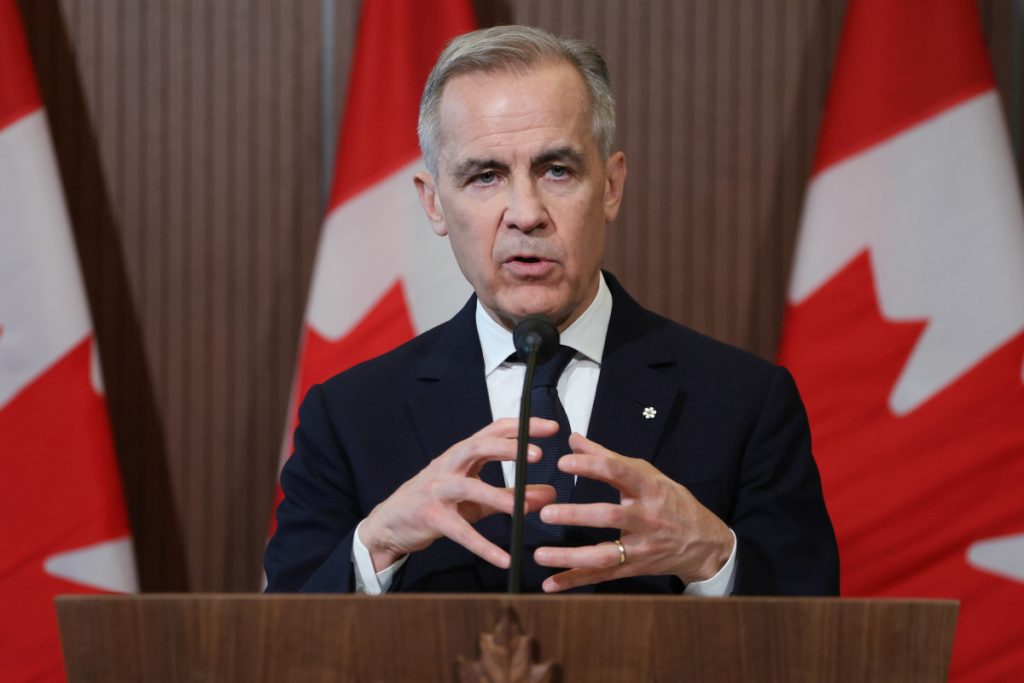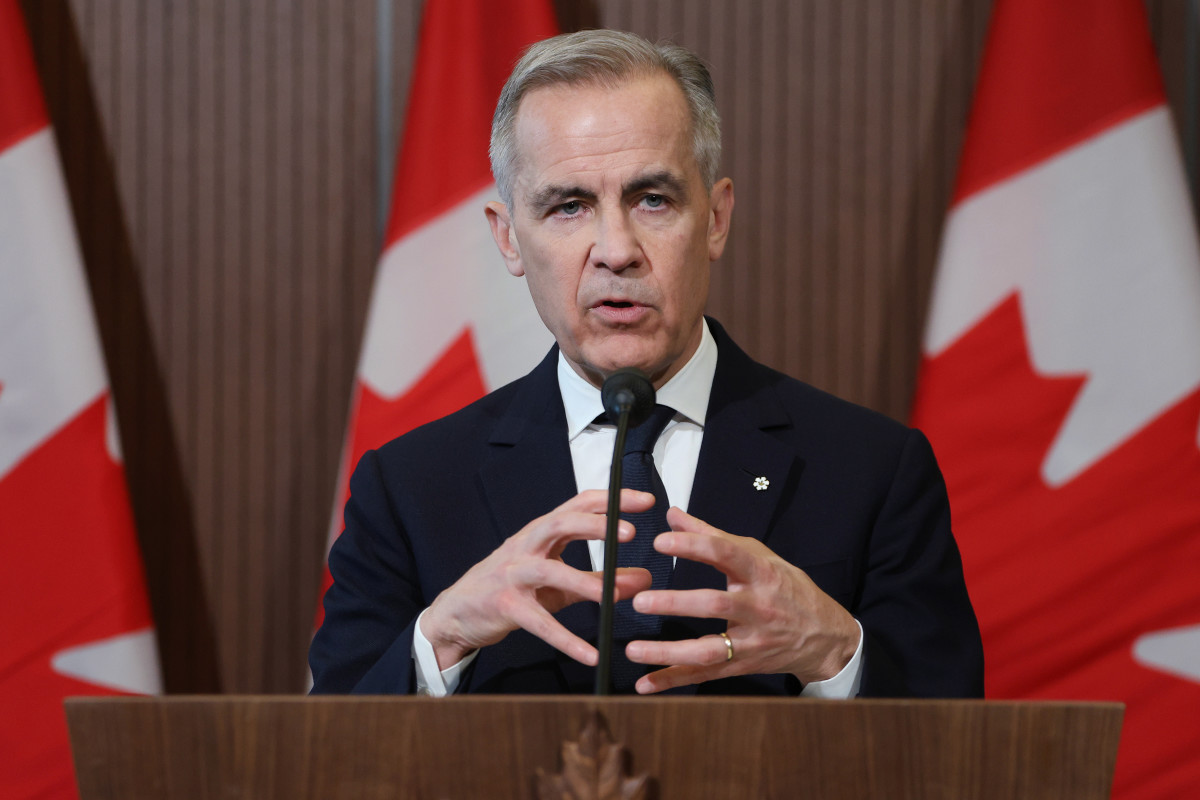Canada makes harsh tariff decisions that will shock the U.S. auto buyers


The United States was thrust into a multi-pronged trade war this week after President Donald Trump implemented global tariffs against the country’s trading partners.
This is a project Trump has spoken about for decades. Back when he was just a New York real estate magnate and socialite, Trump complained about trade deficits and our trade partners taking advantage of U.S. generosity.
💵💰Don’t miss the move: Subscribe to TheStreet’s free daily newsletter 💰💵
Now that he has the power to do something about this perceived injustice, Trump has gone full bore, unleashing the most comprehensive suite of tariffs in a century.
But as Gui Jiakun, China’s foreign ministry spokesperson, said this week, “There are no winners in trade wars and tariff wars, and protectionism is not a way out.”
Related: Major U.S. automaker makes harsh decision in wake of tariff tussle
Now, the United States’ close allies are not only figuring out ways to hit back at the world’s strongest economy, but are also looking at how to extricate themselves from reliance on U.S. products so that they are never again blindsided by such aggressive action.
Canada, our closest neighbor and ally, took aim at the U.S. auto industry with its latest move.
Canada hits back at U.S. auto industry
On Thursday, Canadian Prime Minister Mark Carney announced reciprocal 25% tariffs on cars and trucks made in the U.S. in response to the U.S. action the day before.
The U.S. action has already affected the country after Jeep, Ram, and Dodge parent company Stellantis STLA announced it was temporarily shutting its Windsor, Ontario plant amid the trade war uncertainty.
The move furloughs 3,600 employees in Canada’s most populous province.
“We take these measures reluctantly,” Carney said at a news conference. “And we take them in ways that…will cause maximum impact in the United States and minimum impact here in Canada.”
The global economy is fundamentally different today than it was yesterday.
We must respond with both purpose and force.
pic.twitter.com/CbfKZRQoEq— Mark Carney (@MarkJCarney) April 3, 2025
Thanks to free trade agreements like NAFTA and the USMCA, the auto industries in the U.S., Canada, and Mexico are tightly interwoven. Carney seems to acknowledge this fact by carving out some exceptions in Canada’s auto tariff policy.
Canada will still allow Stellantis, Ford, General Motors, Honda, and Toyota— companies with plants in Canada — to import vehicles built in the U.S. without paying a tax.
The country also carved out exemptions for auto parts, which are often sourced from multiple countries.
Canada is the largest importer of U.S. cars and trucks, and the U.S. is the biggest importer of Canadian-made vehicles, with over 90% of the country’s inventory ending up in the States.
Windsor will be especially affected by these moves, as more than 50,000 are estimated to be involved in making vehicles or auto parts in the area, according to the New York Times.
What happened to the U.S. automotive industry?
In the ’90s, President Bill Clinton signed the North American Free Trade Agreement, essentially knocking down barriers to trade with Canada and Mexico. This move greatly reduced the number of vehicles made stateside for the auto industry.
While the number of cars produced by the Big 3 U.S. automakers has steadily increased over the decades, the percentage of vehicles made in the U.S. has steadily fallen.
More Automotive news:
- General Motors delivers surprising business update
- Ford reports surprising news amid Tesla turmoil
- Apple creates clever way to stop car thieves
In January 1994, manufacturers produced more than 575,000 vehicles in the States; by January 2025, fewer than 100,000 vehicles were produced in the U.S., according to the U.S. Bureau of Economic Analysis.
Today, about 53% of cars sold in the U.S. are made in the U.S.
Related: Veteran fund manager unveils eye-popping S&P 500 forecast
#Canada #harsh #tariff #decisions #shock #U.S #auto #buyers




